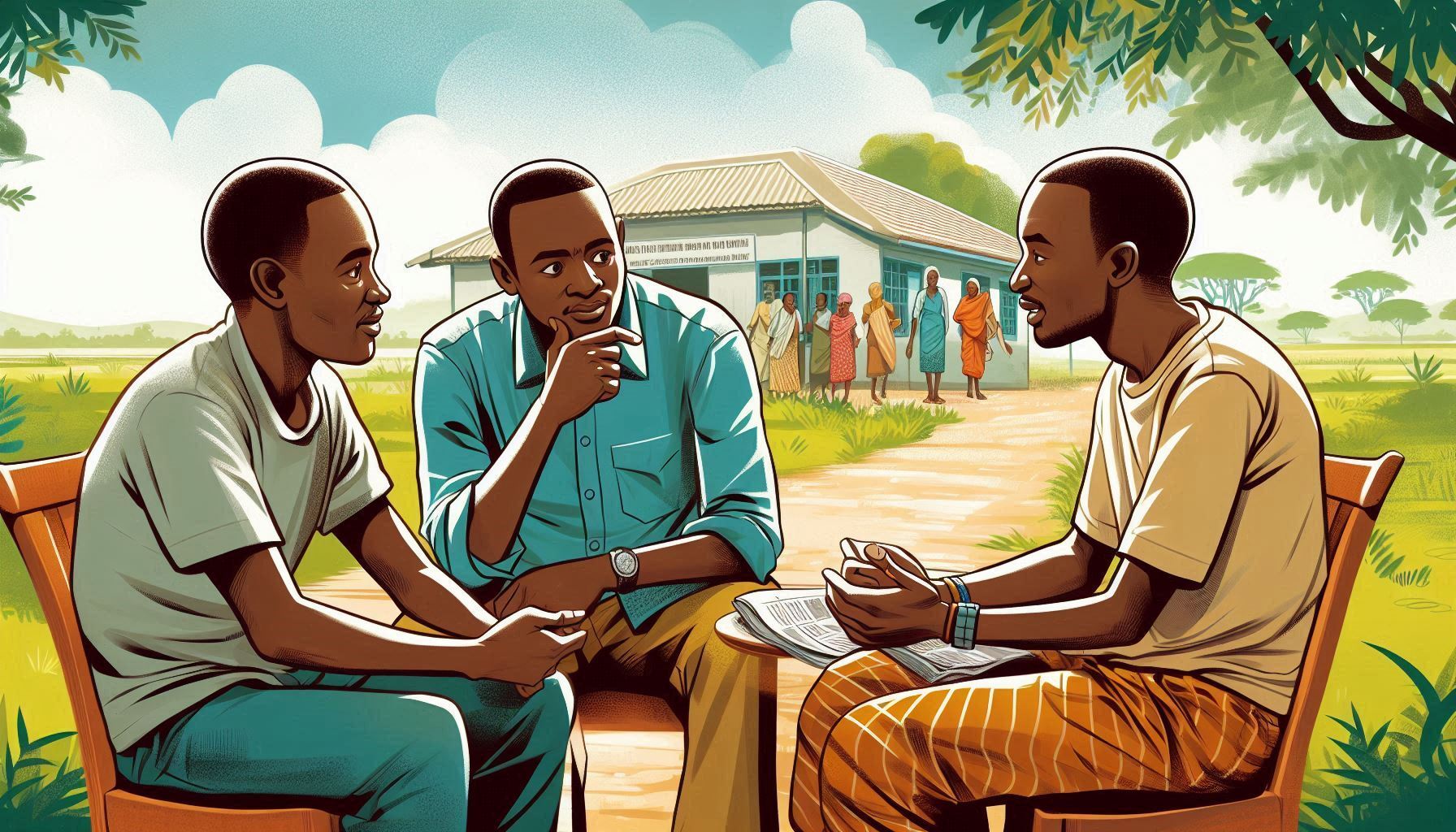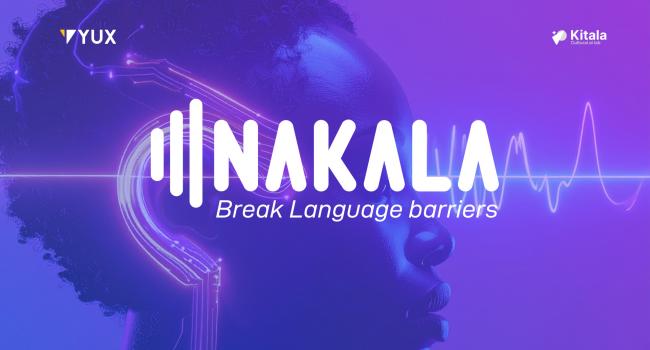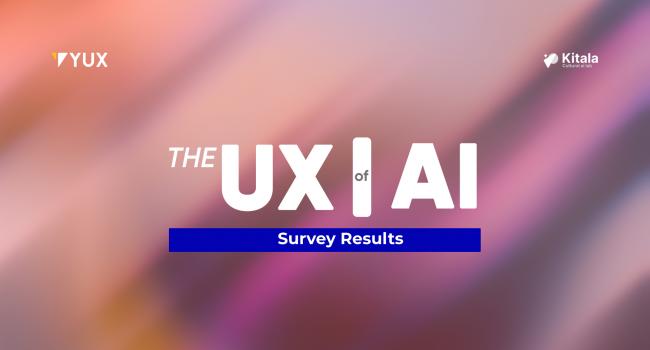Over the past 5 years, YUX has been the design partner for a growing number of projects in the healthcare sector, working with development and relief organizations. This evolution from our roots in private and tech ecosystems has been fraught with exciting challenges, deep ethical questions and new perspectives.
Some of the most challenging health projects we were involved in aimed not only to apply HCD, but purposefully train, mentor and support our partners’ teams in applying it themselves.
In this article we will share some of the learnings we have made along the way about training health professionals to apply HCD best practices in their day-to-day work.
The insights are drawn from more than a dozen projects in multiple African countries with various major international development and relief organizations.
Disclaimer about democratizing design and research:
There is a lot of conversation happening in the research and design fields about the dangers of saying “anyone can do research”, “anyone can do design” and the risk that democratizing these specializations is actually harming them. Many believe professionals should stick to their areas of expertise and formal training. Reasons vary from fear of losing their jobs, to fear that ill-trained, self-proclaimed designers/researchers undermine the credibility of the whole sector with their poor work (that certainly can be true!). Legitimately, there are concerns that insights learned with a flawed methodology could do more harm than good. YUX’s stance is not to say that everyone should be a designer or researcher. However, there are some aspects of HCD and research that benefit health practitioners (any professional in any sector probably 😬) and the reality is that not all projects have the resources to hire a dedicated designer or researcher, particularly in resources-constrained settings such as the ones YUX works in. We believe that learning different approaches to regularly interact and involve users and empowering local teams ultimately strengthens communities and health care systems. Please read the article until the end to see what conclusions we have landed on for a balanced approach to this question.
Putting the Human Back in Healthcare: The Importance of HCD
If you are reading this article, you are probably already familiar with HCD’s benefits, so we won’t dig too much into this, but it is good to remind ourselves that sensitive topics require the Human Centered component. Topics such as health, which have many social and psychological determinants, are perfect sectors where using an HCD approach is meaningful. Adopting a holistic approach to health with an HCD or SBC lens encompasses the complexities surrounding health and can balance out the clinical approach modern health practices have had in the past. Complex topics such as the tension between traditional and modern medicine, RH/FP, HIV/AIDS or drug use can benefit from our methodologies. Some leading health organizations have come to this conclusion, and are innovating to incorporate HCD in their approach. This is a relatively new field, fraught with complex challenges linked to decolonisation, local empowerment and ownership. Hopefully YUX’s learnings can contribute to the discussion.
Navigating the Complexities of HCD in Healthcare
Applying an HCD approach to any project brings up common challenges such as participant recruitment and engagement, stakeholder engagement, project life-cycle and management, robustness of the data, agility of the project and more. These are common tropes to anyone working in research and design. But working in health adds very specific challenges to these “typical” ones.
- Jargon: Both the design and health sectors are riddled with jargon, acronyms and concepts that are particular to each respective industry. Introducing someone with a health background to design (and vice versa) comes with a steep learning curve that can be a deterrent.
Example: Health will use the terms “patients” or “clients”, while design will use the term “users”. And don’t get me started on the acronyms in health, and the aid sector in general. If you are working in a French and English environment, you might also need to learn the acronyms in both languages! 😭 - Privacy/Ethical considerations: The health sector in particular needs to abide by strict ethical practices, such as respect of privacy, anonymization, and data protection. These necessary and important requirements increase the complexity of the design practice, which in many cases strives for flexibility and innovation. IRBs, elaborate consent forms, increased privacy and security concerns especially in health-tech products, reduce the opportunity for guerilla research, prototyping and rapid iterations.
Example: Digital platforms in health often initially overlook the complex requirements for adequately protecting patients’ data, collecting user consent and informing users about their rights. A non-specialized design firm may underestimate the effort to incorporate these aspects in the design. - Trauma: Medical sector projects, in sectors such as Family Planning, RMNCH+N, menstrual hygiene, drug use or primary care often involve discussion about traumatic experiences. Protecting participants as well as researchers from potential triggers, and caring for teams should traumatic situations come up, are a less obvious but important mental health component that cannot be overlooked. Applying design to health means increasing your chance of living through such an experience.
Example: During interviews about FP products, female researchers were confronted with accounts of gender-based violence. - Multi-stakeholder engagement: Health projects often involve multiple stakeholders, including institutional ones such as the MoH of the countries where the project takes place. Defining research goals, stakeholder interviews, involvement in workshops, or even thinking about program handovers can be more complex, lengthy and formal when such partners are involved. Example: Getting buy-in from MoH can depend on the political calendar of a given country, and potentially set back a project by a few months.
- North/South collaboration: In most health projects YUX worked on, some degree of decision making was held by foreign decision makers. Often more rather than less. This is the reality of working in the health sector in Africa, whatever your opinions about this situation are. Tensions between global stakeholders and local/national ones can arise, requiring diplomacy. Ideally, applying an HCD approach moves the line towards more local ownership and decision making.
Example: On one project, we experienced completely handing over decision making to the local team, with designers only supporting on mentorship and support. The results were amazing, and though not all ideas panned out, having the space to try, fail and learn by the local team completely empowered them to use the tools on their own.
Let’s now focus on the specific question of training health professionals on HCD.

Weighing the Benefits and Drawbacks of HCD Training in Healthcare
In the last 4 years, YUX has identified major benefits, as well as drawbacks to training healthcare providers on HCD.
Benefits
- Expertise:
Health professionals have expert knowledge of their field and of the complex processes involved in the treatment of patients. This can be an advantage as they do not need to be onboarded on the topic. It is a gain of time, and patients can be reassured by their presence and knowledge. They are themselves stakeholders in any HCD activity and involving and accounting for their needs is a requirement and a key success factor. - Desire to help:
More often than not, we have seen that health professionals are dedicated to helping patients. They are doing their best with the resources they have, and are receptive to skills that can help them better care for the populations they serve. - Local teams’ knowledge of context
Local health teams have better contextual understandings of local power dynamics, beliefs and social determinants of health. This knowledge is often underestimated or undervalued, but it has an enormous impact on the relationship they can develop with the local community, as well as an understanding of what solutions could potentially be implemented, and how. - Opportunity to apply:
Professionals are constantly interacting with patients who benefit from an empathetic approach. Improving the care they are giving on a day to day basis has real and immediate impact. If health professionals can iterate on the small and big challenges they see on their place of work independently, this benefits all stakeholders, with immediate effect. - Improvement of rapport with patients and communities:
Because HCD methods and tools focus on understanding and involving users, when well done these interactions improve rapport with community stakeholders. Patients and communities feel empowered and listened to, and this helps the health providers. A tool like a community scorecard for example can help. - Improved project success rate: With one client whose project survival rate was 6 months on average, applying an HCD approach increased the project duration significantly.
- Increased effectiveness: From our experience, healthcare providers benefited from HCD mentoring to better articulate or give structure to something that they were already doing, enabling them to do it more effectively. Collecting patient feedback is an example of an activity that is typically done in health care centers, but mentoring teams on how to improve this process with some HCD approaches made the feedback collection more insightful and actionable.
- Long-term impact: Training local health providers is an investment in improving the long-term quality of care and service that communities will benefit from. These professionals might still be working for many years for the same communities, and HCD best practices, because they are steeped in soft skills, will not change with technology. The underlying principles stay the same and empowering health professionals with those tools and values can change the way they practice their own expertise going forward.
Drawbacks:
- Expertise: Being an expert can be both an advantage and a disadvantage! By assuming they already know enough, health professionals might not be receptive to new learnings. We see this frequently enough that it can be a challenge on projects, limiting the capacity to test new solutions.
- Availability: Health professionals, especially in the Global South, are often over-burdened with responsibilities already. Finding time for training and applying HCD practices and rituals might not be simple and is often an issue that can only be solved if decision-makers are able to accommodate the necessary time in their team’s schedule.
- Frequency of use: Some HCD methodologies and tools will just not be used frequently enough, or have opportunities to be used at all, to justify upskilling a health professional on. If an opportunity happens only once or twice a year, most likely the knowledge will be forgotten by then, and/or any shared resources potentially misplaced. For example, though cardboard prototyping seems like a great and innovative skill to have, if the opportunity to make a cardboard prototype never shows up, health professionals will forget about it, and perhaps even feel like the training was a waste of time.
- Professional scope creep: As an HCD agency, we do not want to make people’s lives harder, quite on the contrary. Yet we have felt that in some of these projects, the expectation is that health professionals will start implementing the new HCD methodologies and tools in their usual workload, when some of the more advanced tools are out of scope of their job description. This scope creep is dangerous, because it increases pressure on health providers, and more often than not does not come with a higher compensation or recognition.
- Rotations of (foreign) staff: Often in the aid sector foreign staff change country assignments on a frequent basis (sometimes every 3, 6 or 12 months) Investing in training from a country level perspective is investing in someone who will be leaving soon. Though the upskill may benefit the organization as a whole (or the next country this staff goes too!) this rotation of personnel can greatly affect a project team and dynamic. More so when an HCD process is underway than in “run-of-the-mill” health center activities.
- Project management skills: Often in the health sector managers are health professionals with enough experience to have gained in responsibilities. However, they are often not trained in project management. They can be effective on tasks that they have been practicing for a long time, but struggle with an innovative approach to a project. This can affect applying an HCD process, which requires some potentially advanced project management skills. Teaching the tools and techniques, but without a project manager able to see the forest for the trees, will often lead to the skills not being used.
- Limited buy-in from local management: We have seen that when the local managers/ decision makers are not involved or supportive of the HCD intervention, this bridles even the most motivated teams. Needed adjustments, such as agendas, vehicles, budget, all become potential hurdles. Making sure there is alignment is important, and that it is not an activity imposed by HQ without local buy-in.
Smoothing the Path to HCD Success: Practical Tips and Strategies
After providing HCD training for more than 15 projects, regularly iterating on our approach and learning from MERL assessments, we have come to some conclusions about how to provide the most effective skill sharing between HCD and health.
- Project support rather than training: By far, HCD support coinciding with a project is the most effective and concrete way to do skill sharing. Long term support, or project-lifetime support, combined with mentoring sessions allows teams to practice and use the skills as well as be able to discuss the theory, get feedback and support from professionals as they experience the tools and activities. We oppose this to a short-term theoretical training which doesn't usually resonate with health care professionals, even if some “practice” activities are held.
- Entrusting Decision Making to Local Teams: Trusting local teams to identify their needs in training has yielded a much higher involvement and ownership in tool and activity appropriation. This can circumvent potential disconnect between what global stakeholders perceive the need is and what it actually is on the ground. Letting teams be involved in deciding what tools or activities they want to implement also saves resources as training and support is more focused, and not dedicated to unrealistic activities.
- Key Skills Identification: Identifying key skills to build on is also important. Not all research or design skills need or can be shared! In some contexts developing active listening and a researcher posture can help, while in others creativity and co-design activities will be more appropriate. Focusing on these, with the help of the local teams, helps to focus the training. We would favor: skills and activities that local teams would have an opportunity to use frequently, and that improve activities they already lead.
- Focusing on Local Staff: This seems like an obvious comment, but training local teams has so many advantages. From local knowledge to permanence on the project, the investment in training is more long term, and the contextualisation improved.
- Measuring Ambition: We could also call this one : “showy” vs “down to earth”. What we have found is that some HCD practitioners, often based in HQ, are attracted to some of the more “visible” signs of applying a design approach. Prototyping, creativity sessions, template-heavy activities, post-its… We are not against those, as designers we use them all the time. But the reality of a clinic in a rural area, is that they might not be realistic. Less “showy/sexy” skills, such as listening with empathy, collecting feedback, co-creation approaches or simply awareness of different possible levels of engagement of communities can have powerful impact. These methods that are more down to earth have as much value, and are a first step in the right direction. They are also easier for health professionals to use frequently. By “measuring ambition” we mean that expectations should be tailored to the context and desires of local teams. They are not pivoting to becoming designers themselves, but can draw from HCD best practices.
- Results Rather than Terminology: As mentioned above, both design and health have a lot of jargon. When training health professionals who already have a heavy mental load we have found that using design jargon creates a barrier. Definitions are important, but on the field, we would argue results matter more. Would I, as a designer, prefer to call a certain specific activity a “co-design workshop”? Yes! But if the health providers call it a “community-engagement” activity, I don’t care, as long as we see results and that the approach to the session is an HCD one.
- Identifying advocates: In each local team, finding a key focal point with some decision making power that can advocate for HCD and is an ally to the project helps to smooth collaboration, as well as help non-local design partners better contextualize their support.
- Leader buy-in: Again this one is quite obvious, but having buy-in from decision makers at all levels is a key success criteria. Letting a project lead volunteer to get HCD support, rather than imposing it, is one way of identifying motivated teams with decision-maker support.
- Flexibility: healthcare providers, especially in the Global South, can regularly face emergencies. Disease outbreaks, politics, conflicts or even climate events can all upend a project agenda with little notice. Having a design partner capable of accommodating a team’s ever-changing availability is a key success factor that should not be underestimated, as it can greatly complexify the required HCD support.
- In person training when possible: Last but not least, healthcare providers are often an implementation, action oriented, no-nonsense group of people. Providing in-person training sessions, with multiple case study examples, steeped in contextualized learnings and focused on the skills they identified as strategic was a game changer in the programs YUX lead. This is dependent on travel budget or local designer availability, but if possible it should be offered.

Investing in the Future: The Importance of HCD Training
We have all heard the saying “Give a man a fish and he will eat for a day, teach a man to fish and he will eat for a lifetime.” In our context it is not that simple. If there is no river or sea, or if the person cannot afford a fishing net or fishing rod, what can be expected? Teaching HCD if the means of applying it or the opportunities are not present is a waste of time, energy and money.
The way YUX will proceed going forward will be to identify the skills and activities that local teams have an opportunity to use frequently, ideally involving activities they already lead. We have found success doing this on topics such as feedback collection, co-design and community engagement. All these topics can benefit from being practiced with an HCD lens, and benefit from an expanded toolbox of activities to choose from.
Being a designer or a researcher is a profession that takes time and practice to hone and become an expert at. We do not expect health care providers to deliver the same work, or to the same standard when we introduce them to the benefits of our practices. By staying humble and recognising their areas of expertise and listening to their needs and interests, we have found success in sharing our tools to improve the work they do, empowering them and their communities to be the drivers of the change they want
This is a topic we are passionate about, if you are too, please reach out and let's chat!
Use of AI:
Gemini was used for inspiration for the main title and subtitles of this article.
Microsoft Bing AI image creator was used to generate the illustrations.



